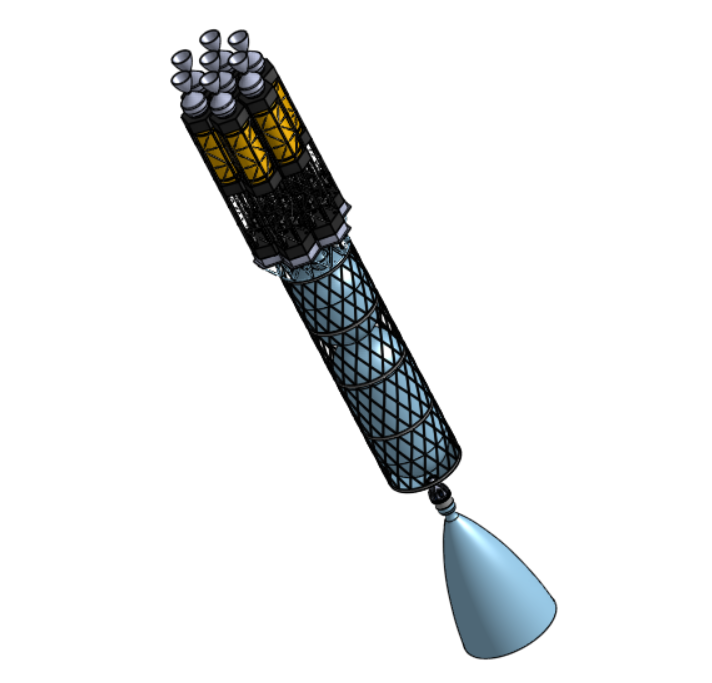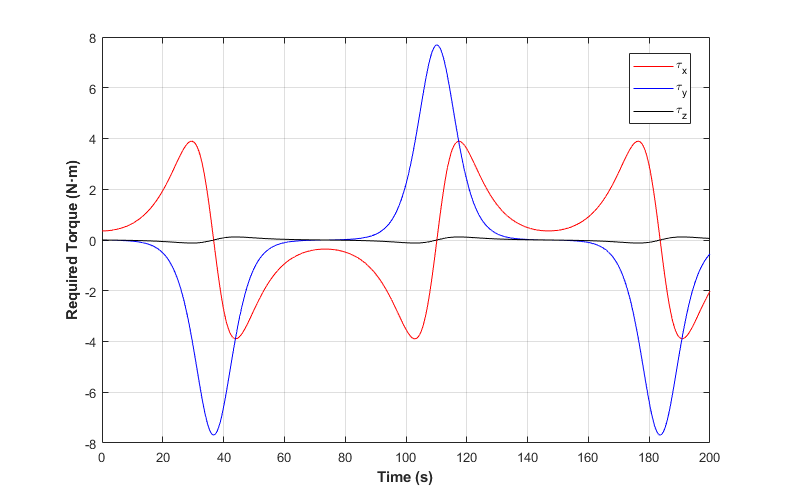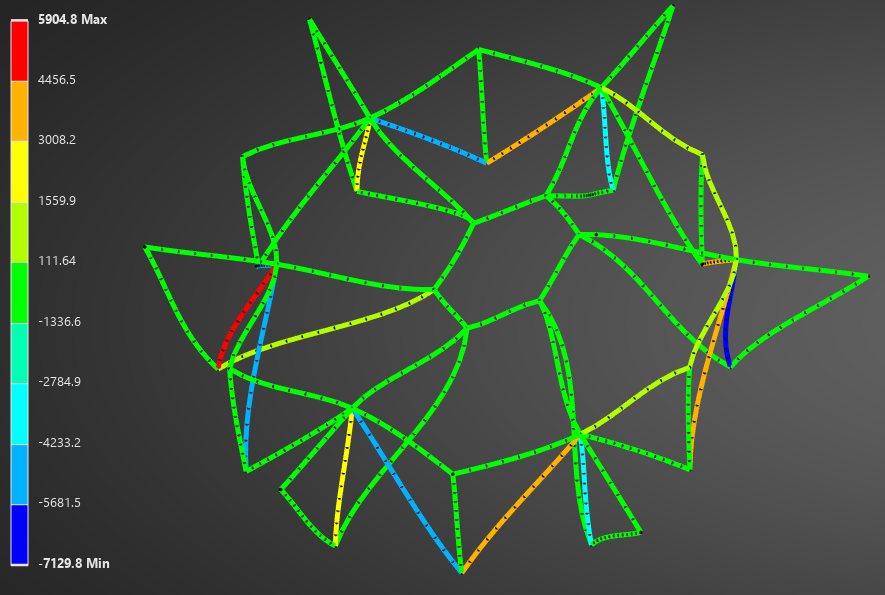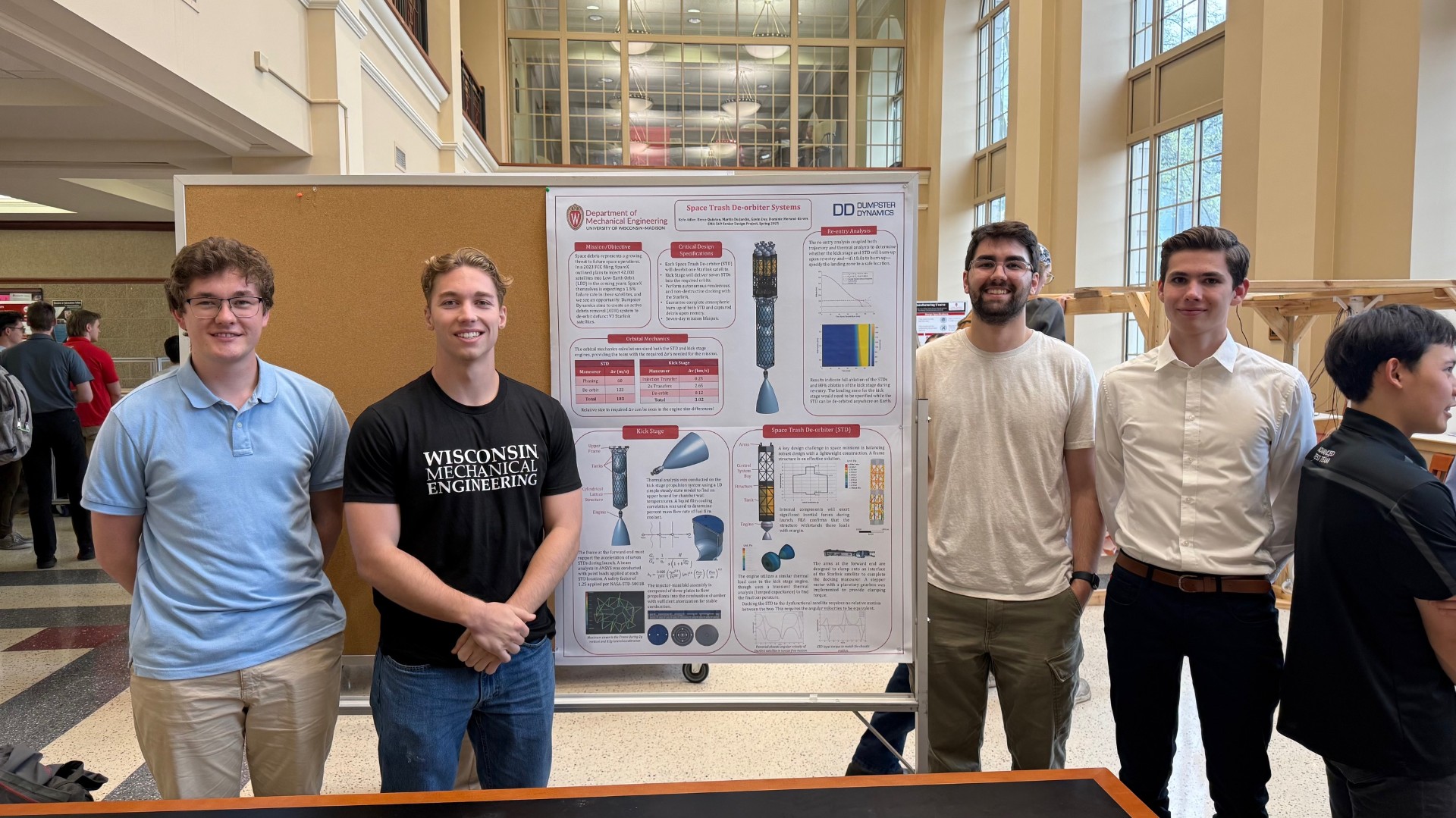
Space Trash Deorbiter
Design of an autonomous docking satellite for active space debris removal
Overview
The escalating accumulation of space debris in Low-Earth Orbit (LEO) presents a significant and growing threat to space sustainability, operational spacecraft, and future missions, necessitating proactive Active Debris Removal (ADR) solutions beyond passive mitigation. Dumpster Dynamics addresses this critical challenge through the design of an innovative, multi-target Space Trash De-Orbiter (STD) System.The proposed system employs a robust two-stage architecture. A dedicated kick stage, utilizing a high-performance MMH/NTO bipropellant system, serves as the carrier and deployment platform. Launched via a SpaceX Falcon 9, the kick stage precisely delivers seven individual Space Trash De-orbiters (STDs) to multiple designated operational orbits targeting defunct Starlink satellites.
Each STD is a self-contained unit equipped with a reliable monopropellant hydrazine propulsion system (3100 N thrust), attitude control systems for managing tumbling targets (up to 10°/s), and advanced GNC for autonomous operation. Upon release, STDs perform phasing maneuvers to rendezvous with their assigned target. Capture is achieved using a robust four-point armature gripping mechanism, analyzed to withstand operational loads. A key requirement is the rapid de-orbiting of the captured satellite within one week, minimizing orbital risk. Both the STD and captured debris are designed for complete atmospheric burnup, adhering to stringent safety standards (NASA-STD 8719.14) and eliminating ground impact hazards.

Comprehensive analysis validates the system’s feasibility. Orbital mechanics calculations determined mission delta-V requirements (3.02 km/s for the kick stage, max 183 m/s per STD). Component sizing yielded an estimated STD fueled mass of approximately 400 kg. Rigorous structural analysis confirmed the kick stage and STD frames withstand demanding launch loads (up to 6g axial, 3.5g lateral) and operational stresses, incorporating NASA safety factors. Thermal analysis verified the atmospheric burn-up strategy.

The Space Trash Deorbiter project successfully establishes the design and operational concept for a capable and efficient ADR system. By leveraging a multi-deployment strategy, it offers a scalable approach to mitigating the space debris problem, contributing to the long-term safety and sustainability of the LEO environment for future technological advancement and exploration.
